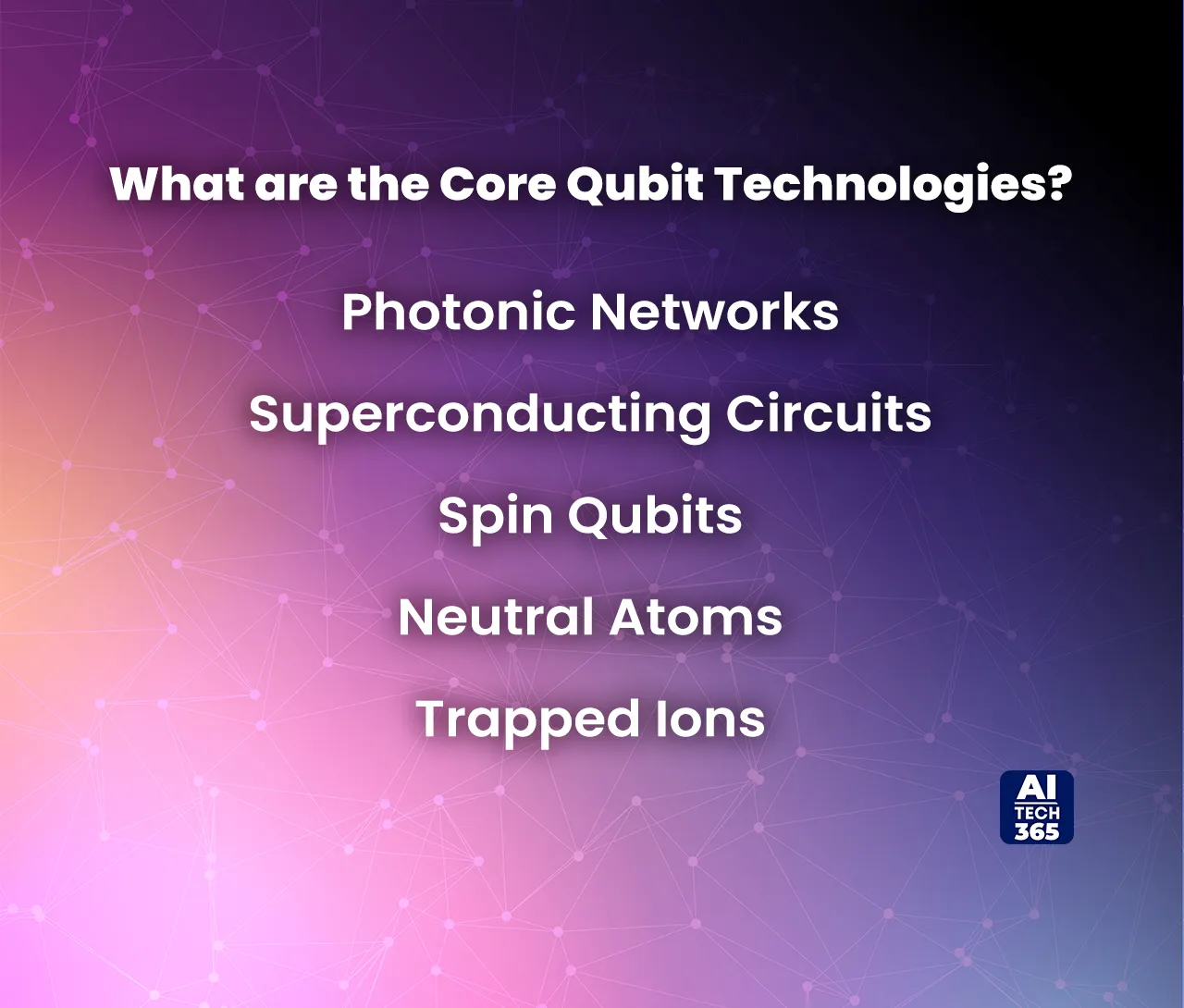Quantum computing leverages the capabilities of quantum mechanics to assist us in overcoming the hurdles that today’s computing world has been witnessing. It has the capability to revolutionize multiple industries as these computers resolve problems exponentially quicker and consume less energy than legacy computers.
Hence, quantum computing has the potential to effectively enhance their investment practices, encryption, or discovery of new products. Additionally, cryptography, drug research, pattern search, data analysis, prediction, and others are a few widespread applications of the technology.
The tech industry has achieved a milestone in this sector with the concept of “quantum supremacy”, which highlights the point wherein quantum computers excel more than the most powerful classical supercomputers. This milestone highlights how quantum computers have the potential to solve complex problems ten times faster than legacy computers. Back in 2019, Google achieved quantum supremacy, showcasing the use of quantum computers for useful applications.
A report by Globant titled ‘5 tech trends for 2024‘ highlights quantum computing investments will continue to usher money to research in pursuit of a commercially viable product.
 In this blog, let us have a look at the core qubit technologies and the challenges in the adoption of quantum computing.
In this blog, let us have a look at the core qubit technologies and the challenges in the adoption of quantum computing.
What are the Core Qubit Technologies?
 The quantum computing technology and the industry revolving around it is still in its nascent stage. Here are the five core qubit technologies:
The quantum computing technology and the industry revolving around it is still in its nascent stage. Here are the five core qubit technologies:
1. Photonic Networks:
Every qubit is encoded in one single photon in photonic networks. First, an initial cluster state is developed, and then gate operations are performed through a sequence of photon measurements. It has immense capabilities for huge quantum entanglement, agility, and potential to operate at room temperature. However, the primary source of mistakes is the loss of photons while calculating and from their source.
2. Superconducting Circuits:
These circuits operate by encoding every qubit in Cooper pairs’ energy levels on the other side of a Josephson junction. Easiness of fabrication, processing speed, and coherence are the key advantages of superconducting technologies. Furthermore, they can be continually leveraged as the technology evolves and additional qubits are added. But, for using these qubit technologies, cooling, calibration, control electronics, and scaling can be a significant bottleneck.
3. Spin Qubits:
Every qubit is encoded in semiconductors quantum dots electron spin. In Between entangled electrons of a silicon chip two-qubit gates are enforced. Microwave electronics control these qubits. The compact size and easiness of fabrication adds significant advantages to spin qubits. However, they also encounter various challenges of superconductors, including control electronics and scale fidelity.
4. Neutral Atoms:
In this qubit technology, two hyperfine ground-state levels of an atom encode the qubit. It benefits from coherence, cooling, and scaling. But the bottlenecks revolve around scaling the technology to millions of qubits, mistake rates, and control electronics, which are hazy to achieve.
5. Trapped Ions:
Two energy level states of an ion encode the qubit. The Two-qubit gates exploit the coupling under the following circumstances:
- between the phonon and electron
- between the excited electron state of an ion
- the vibrational modes of the ionic chain
For small two-qubit gate systems evaluated, trapped ions have the advantage of minimum error rates. Moreover, it also needs less cooling in comparison to the other atom-based technologies. With trapped ions, fidelity at a scale is a lower challenge because qubits can be physically migrated and manipulated. The surge in the number of qubits in these systems is a critical bottleneck in this technology.
“While its widespread adoption may be years away, the focus should be on educating potential users about its value. Much like other emerging technologies of the past, quantum computing will be seen as a threat in many ways, and then, over time, it will gather a widely beneficial use case,” says Daniel Buechel, Strategy Consulting Leader at Globant.
Also Read: A Holistic Guide to AI Security Posture Management (AI-SPM)
Bottlenecks in the Adoption of Quantum Computing
Despite the immense advancement in the field, quantum computers have to still encounter various technological restrictions that limit their adoption, scalability, and dependability. Because of the decoherence, external noise, qubit interconnection, and fragile characteristics, quantum computers are prone to make mistakes. It is crucial to enhance the qubit coherence period, error-tolerant quantum structures, and error correction strategies. Here are some of the challenges of quantum computing:
● Decoherence
In comparison to legacy computers, quantum computing systems are quite receptive to noise. The qubits in their quantum stage will be fragile, and disruptions like small vibrations or modifications in the temperature can have an uncontrollable influence on them, resulting in the loss of saved information.
Decoherence is a substantial bottleneck in the widespread adoption of quantum computing. The calculations need to be executed before the occurrence of decoherence to prevent mistakes. There is a significant amount of research that is being conducted to improve the qubit’s coherence time. One of the most popular approaches to overcome this bottleneck is the development of error correction codes.
● Scalability
Scalability means its capacity to have more qubits in one quantum system to allow more complex challenges to be solved. The process is very intricate because of the difficulty in connecting a massive number of qubits to develop a bigger system. One potential solution is to leverage error correction strategies that include generating redundancies in the system to enable error identification and correction. In order to succeed, these strategies need the utilization of extra qubits and complicated algorithms, which can make the scaling process more complex.
● Physical Adoption
There are various approaches to developing quantum computers, including topological qubits, superconducting circuits, and trapped ions. Every strategy will have its inherent challenges. As the technology is in its nascent stage, it is not yet very clear which approach is the most suitable for large-scale quantum computing.
● Expenditure and Accessibility
Quantum computing is a costly technology that needs specialized ecosystems to operate. Thus, one of the biggest bottlenecks for widespread adoption of this technology is making it widely accessible.
● Skilled Workforce
Skilled resources are another bottleneck in the adoption of quantum computing on a larger scale. This technology needs an in-depth understanding of computer science, engineering, and quantum mechanics. The industry is already facing a shortage of individuals with the required skill sets to accomplish the job. It can be challenging for enterprises to attract, hire, and retain resources with expertise in all three.
Wrapping Up Quantum Computing
Irrespective of the current bottlenecks in the adoption of quantum computing, the future of this technology looks promising. Industry veterans are heavily investing in the field of quantum computers to have robust research and development capabilities to ensure broad applications of the technology across various industries. Business leaders need to look at the use cases of the technology in their industry to make informed decisions about how the technology will revolutionize operations.


